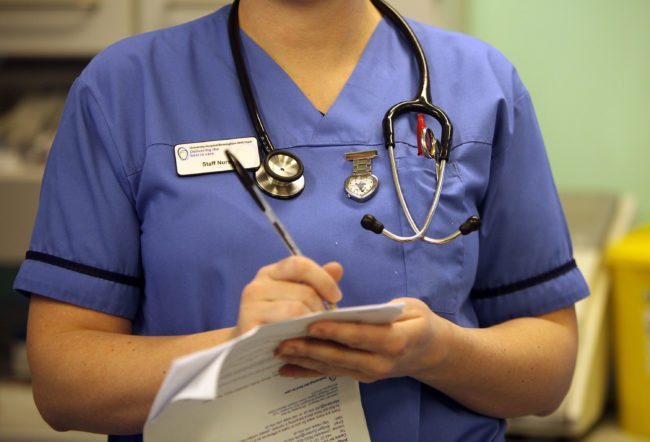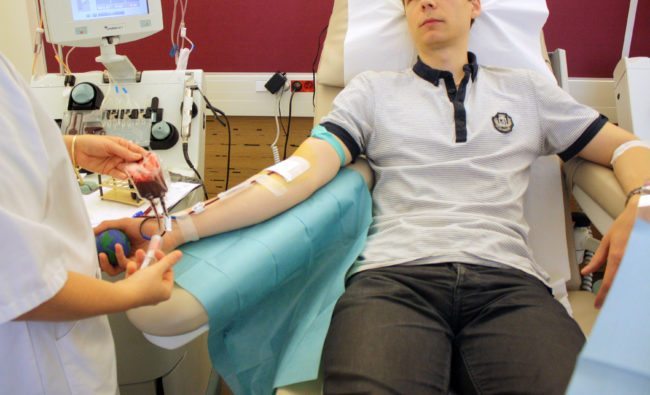New study suggests being gay could be genetic

A new scientific study has found possible evidence that the genes of gay men might be different to those of straight men.
The study, published in the Scientific Reports journal, was conducted by NorthShore University HealthSystem Research Institute.
It reported two regions on two specific chromosomes which can be different between those who identify as gay and those who identify as straight.

Getty
It studied 1,077 self-identifying gay men and 1,231 self-identifying straight men, mainly of European descent.
Each of the participants undertook a genome-wide association study (GWAS).
Speaking to the Daily Mail, Psychiatrist Alan Sanders, the leader of the study, said: “Because sexuality is an essential part of human life, for individuals and society, it is important to understand the development and expression of human sexual orientation.
“The goal of this study was to search for genetic underpinnings of male sexual orientation, and thus ultimately increase our knowledge of biological mechanisms underlying sexual orientation.
“What we have accomplished is a first step for GWAS on the trait, and we hope that subsequent larger studies will further illuminate its genetic contributions.”
Researchers found that chromosomes 13 and 14 contained the difference between gay and straight men.
Specifically, the SLITRK5 region of chromosome 13 showed differences between some gay and straight men.
SLITRK5 has been found to, in previous studies, differ in size depending on the sexual orientation of the person.
The thyroid stimulating hormone receptor (TSHR), also showed differences on chromosome 14.
TSHR has been linked to thyroid issues in the past, as well as sexual orientation.
Despite suggesting that the chromosome differences could play a role in sexual orientation, it is not clear how as of yet.
Researchers also note the small sample size and say that more research will need to be conducted before a more solid conclusion can be found.
The researchers say: “The main limitations of the current study include an exclusive focus on males, sampling primarily from one ancestral group (European), combination of two datasets, and most notably the modest sample size for a GWAS on a trait with complex genetics.

Blood donor (Ana Arevalo/AFP/Getty Images)
“Additional and larger sample sizes would be required to assess which loci [the precise region of the gene] might breach genome-wide significance for association in a single study, and to increase the number of such loci.”
Some have also called for more similar studies looking at queer women and genetic differences between gay, bisexual and straight women.
In another study, sets of identical twins where one is straight and the other is gay are being studied to work out how sexuality is formed.

